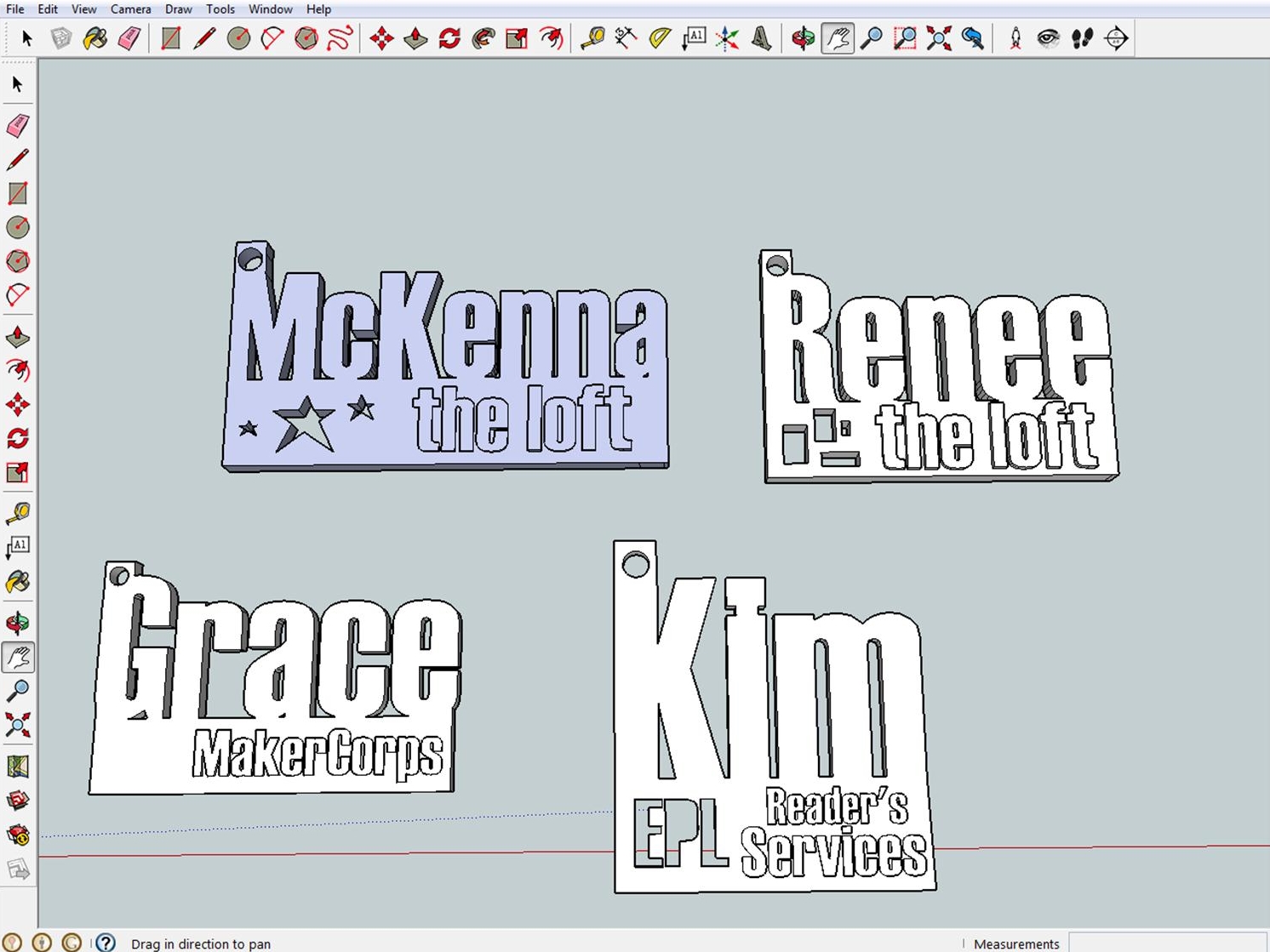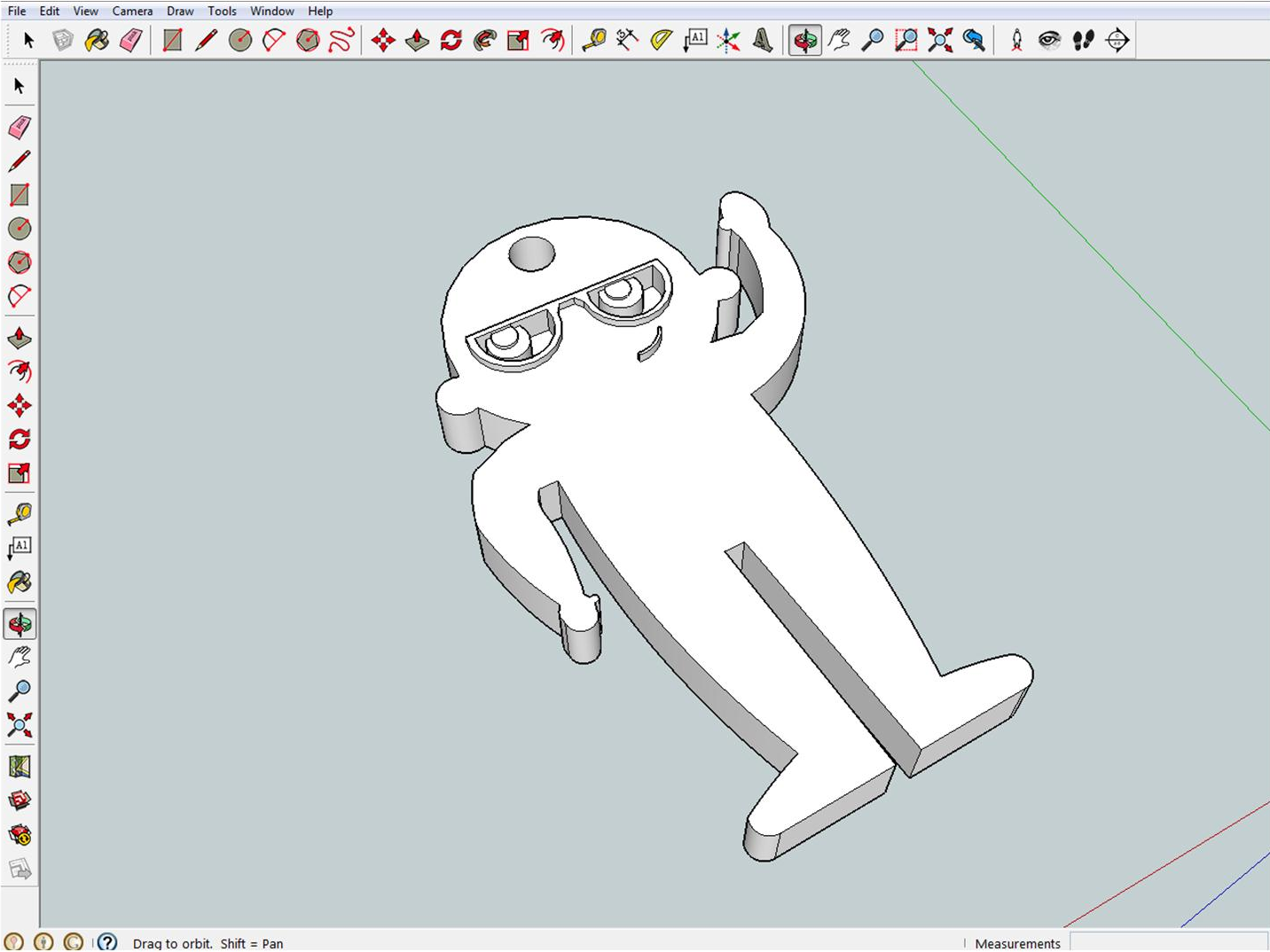3D Printing : The Nitty Gritty
What is 3D printing?
1. 3D printing is the process of taking a digitally created 3D file and building a solid object.
2. If you've ever seen a 3D printer in action, you know that prints are built one tiny layer at a time--this is known as an additive process. It's also why 3D prints take so long to finish.
3. The most common 3D printers print with plastic but there are 3D printers capable of printing at a molecular level and even food.
Is there value in 3D Printing?















The 3D Printing market is now fast expanding, so the types and brands of printer are more varied than they were a few years ago. 3D printers are beginning to be more consumer-friendly and are making their way into schools and libraries--instead of just printshops. Having a 3D printer in your library is great but don't let it be a wasted opportunity. Look at it as a way to teach your patrons--either children, teens or adults or whoever will be using your printer--the value of a the 3D printer.
Being able to consciously consider the value of a 3D design prior to printing teaches patrons that 3D printers can be important tools rather than vehicles of fun. 3D printers in libraries can be used for more than simple production of niche novelties, it can be used for prototyping, building objects to fix everyday problems or to reinforce learning standards at schools. The idea isn't to take out fun completely, but instead to allow for the model of design engineering to take root as patrons are taught 3D modeling.
Depending on the angle you pursue, 3D printing can have a cost or it can be free. If you're purely looking to design, the software to design is free. However, if you are looking to print the finished creations, the printers range anywhere from $300-$3000 for most consumer printers. If you're part of an educational platform (school, library, etc), you may be able to look into options for getting your 3D printer donated or perhaps bought through outside foundations (i.e. PTA). No matter the route you go, it's important to understand why you are buying a 3D printer and what you'll be using it for. 3D designing and printing has a multitude of educational possibilities, merging science, math and critical thinking skills all together.
The Need To know: Before You Buy
Are 3D printers easy to use?
Yes and no. Depending on the printer brand you choose, the printer may be ready to use out of the box or you may have to assemble it yourself. DO YOUR HOMEWORK. Know what kind of printer you are getting and the type of work needed to get it started.
How much time do I need to devote to 3D printing?
A lot. If you want your 3D printing programs to be successful, you need to be prepared to spend a good deal of time both getting to know your printer and preparing programs for patrons to get familiar with the process. Even then, the upkeep of the printer and the staff time needed to maintain the printing queue will be substantial.
What department of the library should the 3D printer live in?
Any! The 3D printer can live in any department--children's, teen's or adult--it could even be shared by all three or simply live in the library (i.e. live in a library's Makerspace). However, once you've decided where the 3D printer is living, you should decide who is responsible for the maintenance of that printer, who will be maintaining print jobs, who will be running classes, etc. Running a 3D printer is not a single-person job.
How can I get my library board/library director/school excited about 3D printing?
Show, show, show. If you don't currently have a 3D printer in your space but are looking to add one, you may need help convincing the higher-ups that 3D printing can be a valuable asset. One way to do this is by running 3D design programs within your space, employing the help of outside partners for printing and getting the people in your design classes to help you pitch the idea to those higher-ups. More likely than not, your patrons will be itching for the 3D printer too and can help you craft a convincing argument as to why THEY want a 3D printer. If you've got examples to show about what you'll do with it, that's all the better.
No matter what decision you make, once you get
sucked into the world of 3D printing, you'll be hooked.